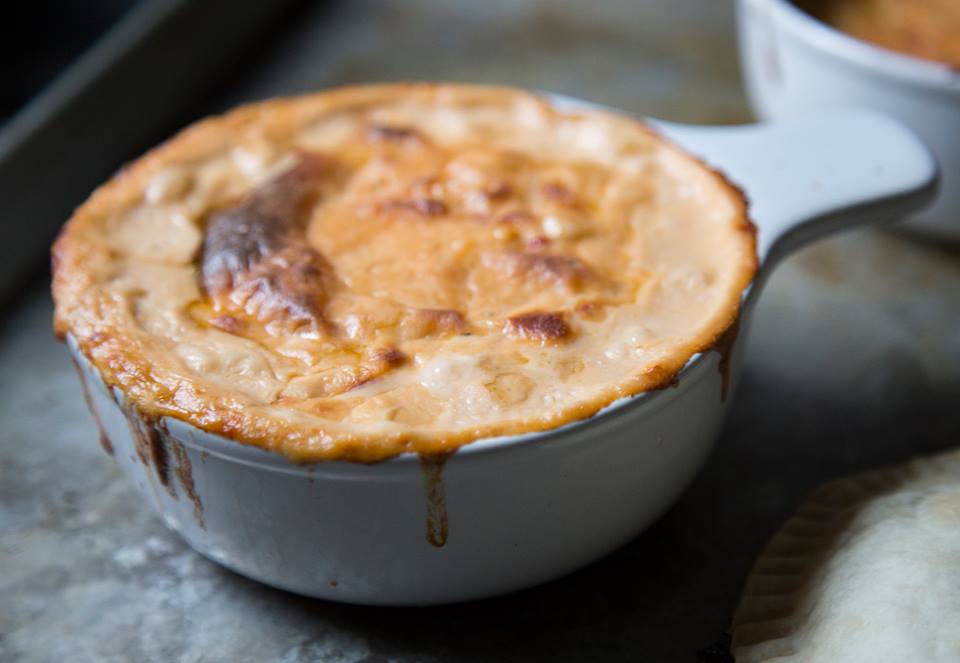Whether you are simply devoted to cheese or an aspiring chef, you almost certainly have a bunch of cheese knives in your kitchenware arsenal.
However, the standard trio—a flat spade for sectioning hard cheeses, a fork-tipped knife for Brie, a stout spade for chunking cheese, and a thinner—aren’t always the best choices for handling cheese.
They are most certainly not ideal for splitting down big chunks into bite-size portions. If you genuinely love cheese or work with cheese in a professional setup, your best bet is to invest in good quality professional cheese knives. This post will take you through various cheese knives and accessories in case you overlooked any.
Cheese Knives Types:
- Offset Cheese Knife: If you want a “free size” knife, this is the cheese knife to get. Offset cheese blades have a thinner edge that won’t stick to tender soft cheeses but are strong enough to cut through harder cheeses like alpine-style. The offset handle gives the user more space for their palms, offering more leverage, control, and, as a result, cleaner cuts.
- Soft Cheese Blade: The soft cheese blade is the appropriate instrument for the task, whether you are tasting fresh mozzarella or chopping off a slice of gorgonzola. Soft cheeses naturally adhere to your tools; therefore, soft cheese blades are designed to reduce the surface area to which the cheese can adhere.
- Flat Cheese Knife: The flat cheese blade also called a cheese chisel, is perfect for chipping or shaving aged firm cheeses like gouda and cheddar. As the name implies, the knife is flat and short, so you can direct force straight down on a limited area and cut little pieces without crushing the cheese board accompaniments.
- Cheese Cleaver: It resembles a miniature meat cleaver—almost enough to justify adding it to your professional cheese knives collection. When chopping hard or semi-firm cheeses like brick or gouda, you should use the cheese cleaver. It is a breeze to cube or divide larger amounts of cheese using a cleaver.
Other Cheese Cutters:
- Cheese Wire: The cheese wire can be a terrific technique to make slices without crushing a mozzarella ball or any other super-delicate cheeses that might get mashed with a blade. Most cheese boards have connectors to fix your cheese wire straight to the board.
- Cheese Plane: A cheese plane is a great tool for getting uniform, razor-thin slices. Though several cheese graters have one, a hand-held cheese plane can be a useful asset to your cheese equipment armory when you need a smaller, more specialized tool.
Why Do You Need Different Shaped Cheese Blades?
Cheese connoisseurs use varied blades for specific cheeses, just like chefs use different kinds of knives to cut or slice different food items. To keep soft cheeses from adhering, use thin or perforated knives, whereas firm cheeses like parmesan need an extensive blade to break away small chunks. Each shape serves a distinct purpose.
With the correct equipment, dicing and slicing cheese will be a breeze. Once you begin using any of the aforementioned set of professional knives, you will understand how big a difference they make.
Related Posts:
- What should go on a cheese board?
- A Useful Checklist That Will Help You When Equipping Your Kitchen
- 7 Kitchen Tools You Need To Prepare A Real Family Feast
- 6 Useful Baking Tips for Every Amateur Baker
- What Makes Gilroy Garlic Unique as A Kitchen Ingredient?
- What to Know About Food and Wine Tours in Italy For Your Group?